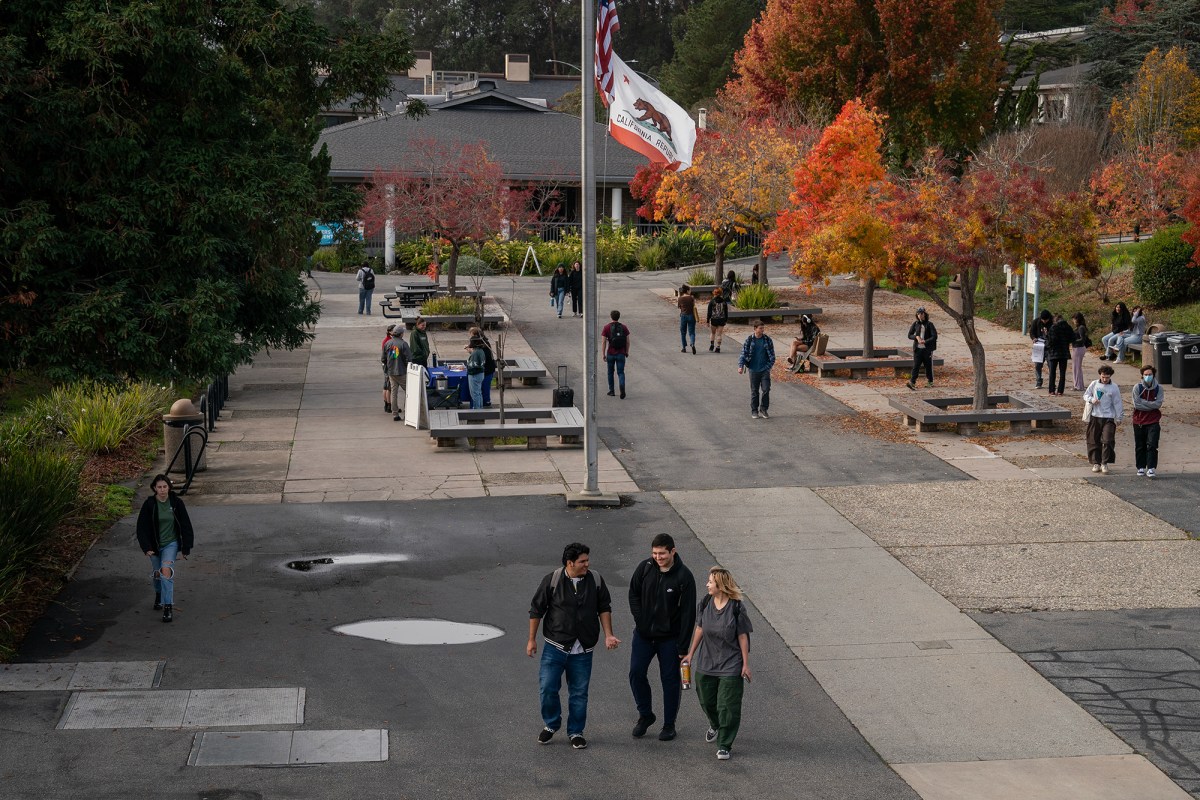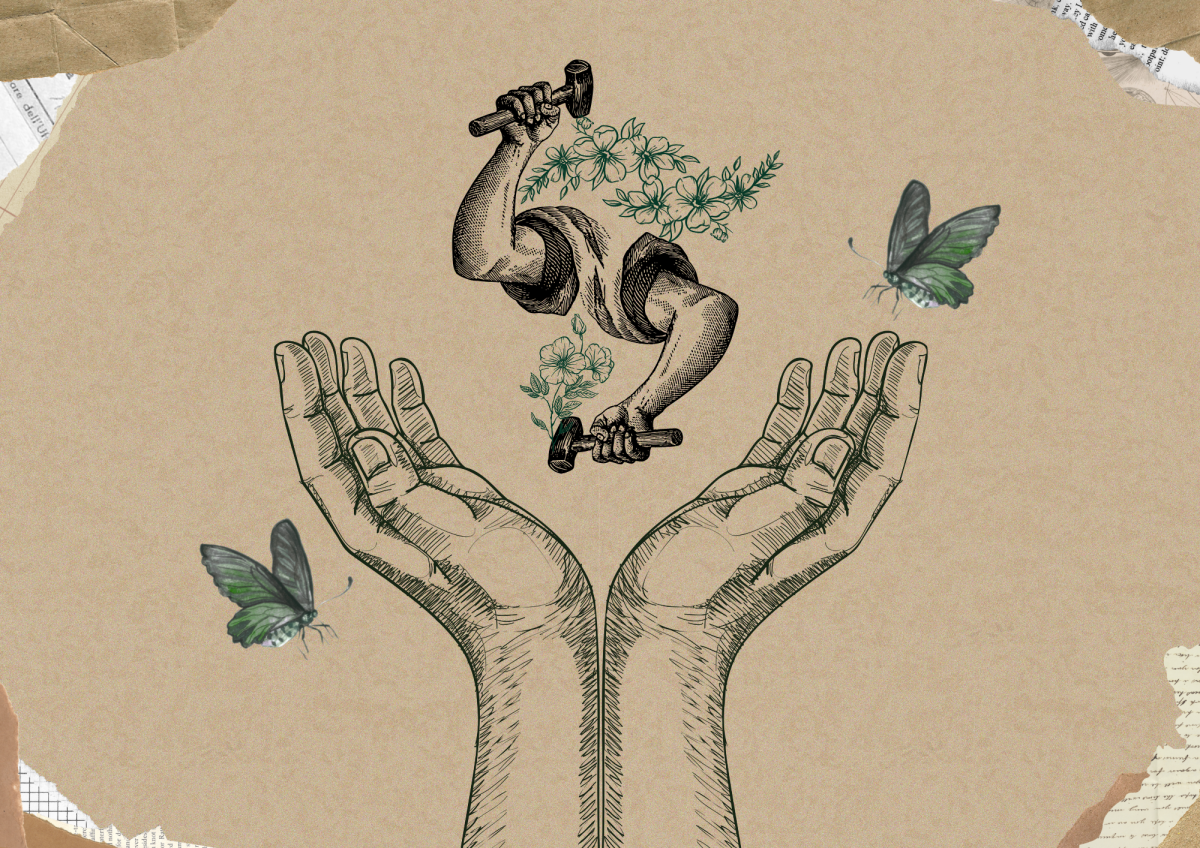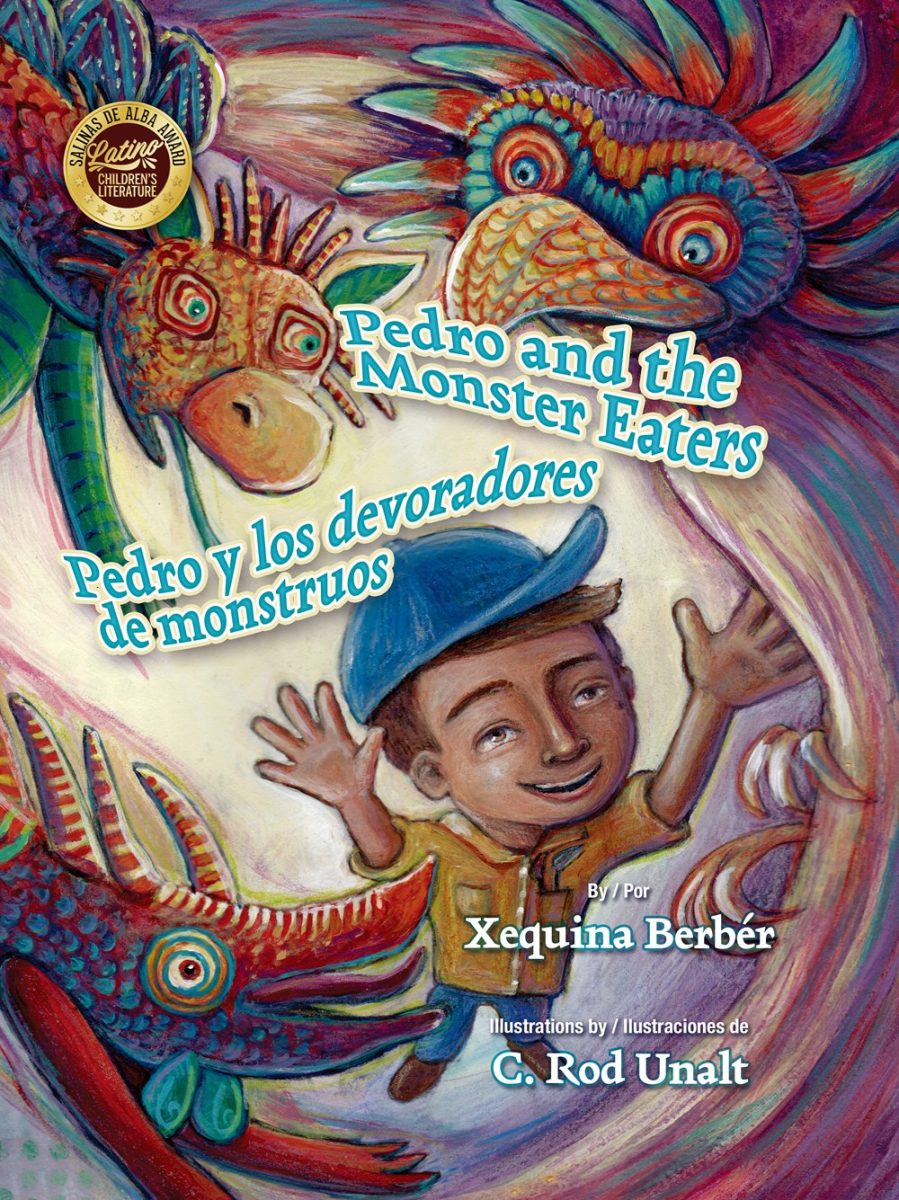by Eva Hannan
‘I, Tonya’ is a great movie. It’s based on a true story about a woman’s attempt to succeed in an environment that has no wish for her to succeed. Directed by Craig Gillespie, the film has racked up numerous Academy Award, Golden Globe, and other prestigious film award nominations.
Margot Robbie (‘Suicide Squad,’ ‘Wolf of Wall Street’) stars as Tonya Harding, the first woman to successfully land a triple axel in competition, and was the 1992 and 1994 Women’s U.S. Figure Skating Champion.
Harding grew up in Portland, Ore. Her family was very poor, which is uncommon in the world of figure skating. She was what could be called “white trash,” and the lifestyle of drinking, fixing cars, hunting, smoking, and domestic abuse are all present in Harding’s life.
The film implies that her mother, played by Allison Janney (The Girl on the Train), was physically abusive to her daughter. Janney won a Golden Globe for Best Supporting Actress for her role in the film.
Harding’s low-income background, unorthodox skating style, and homemade costumes caused judges to be prejudiced against her at competitions. She managed to become one of the world’s leading figure skaters anyway.
Harding may have been on her way to Olympic gold when her abusive ex-husband, Jeff Gillooly, orchestrated an attack against Nancy Kerrigan, her main rival. Gillooly, played by Sebastian Stan (‘Captain America: Civil War,’ ‘Gossip Girl’), was prosecuted for the assault, and Harding was banned from the U.S. Figure Skating Association and stripped of her 1994 title.
The environments portrayed in the movie (white ice rinks, smoke-filled restaurants, the Pacific Northwest in Winter) are bleak, and the camera follows what splashes of color it can find.
Many of the costumes use vivid hues, and the film follows every spurt of crimson blood that erupts from Harding’s face after she begins living with Gillooly who, the film alleges, seriously ramped up the physical abuse she suffered.
Trigger warning: child and spousal abuse abound in the movie. The film’s treatment of its violent content is the only criticism I had as a viewer. The filmmakers used techniques to cartoonishly stylize the physical violence, and this approach contradicts the relevance of including the violence in the first place.
The abusive aspects of Harding’s life are integral to the story, but the movie downplays the brutality by filming in slow-motion, which make these scenes seem like highlights from a sports game and incongruous with the rest of the visual landscape.
Even though the movie portrays itself as a true story, it is still a movie, and as a feminist statement it falls a bit short of its potential. By choosing to address the prevalence of violence in young womens’ lives in this way, the film diminishes the impact these images could have.
The best part of the piece is the spot-on representations of real-life individuals by the actors, many of whom play the same character at different phases of life. The film is darkly humorous, and switches between portrayals of events in the characters’ lives and mock “interviews” with the characters as middle-aged people reminiscing about these events. All together, the different vignettes combine to tell a compelling story of an unlikely champion, whose lifestyle and acquaintances eventually undid many of her hard-won successes.
‘I, Tonya’ is a movie worth seeing, but its visual effects are the least of its charms, and the movie would be entertaining on a screen of any size.
Eva Hannan is a Tower staff writer.

























